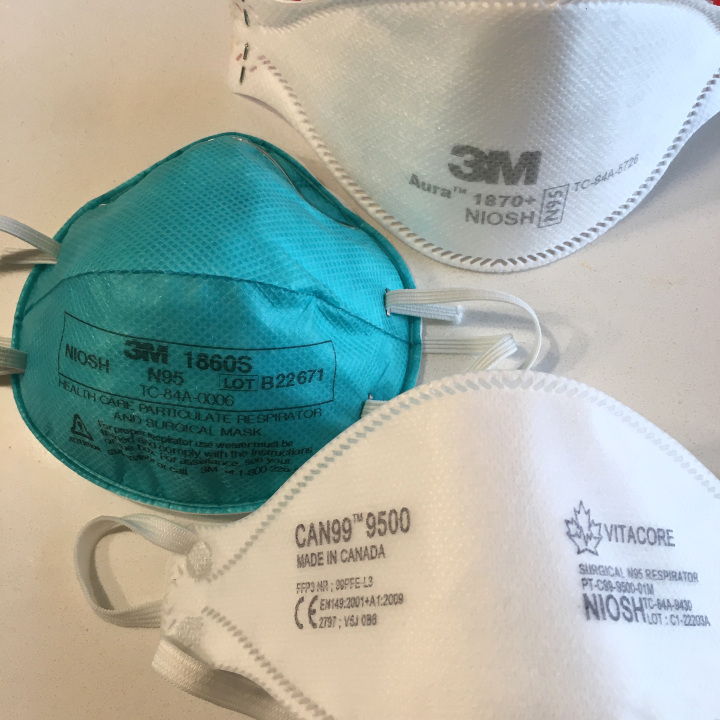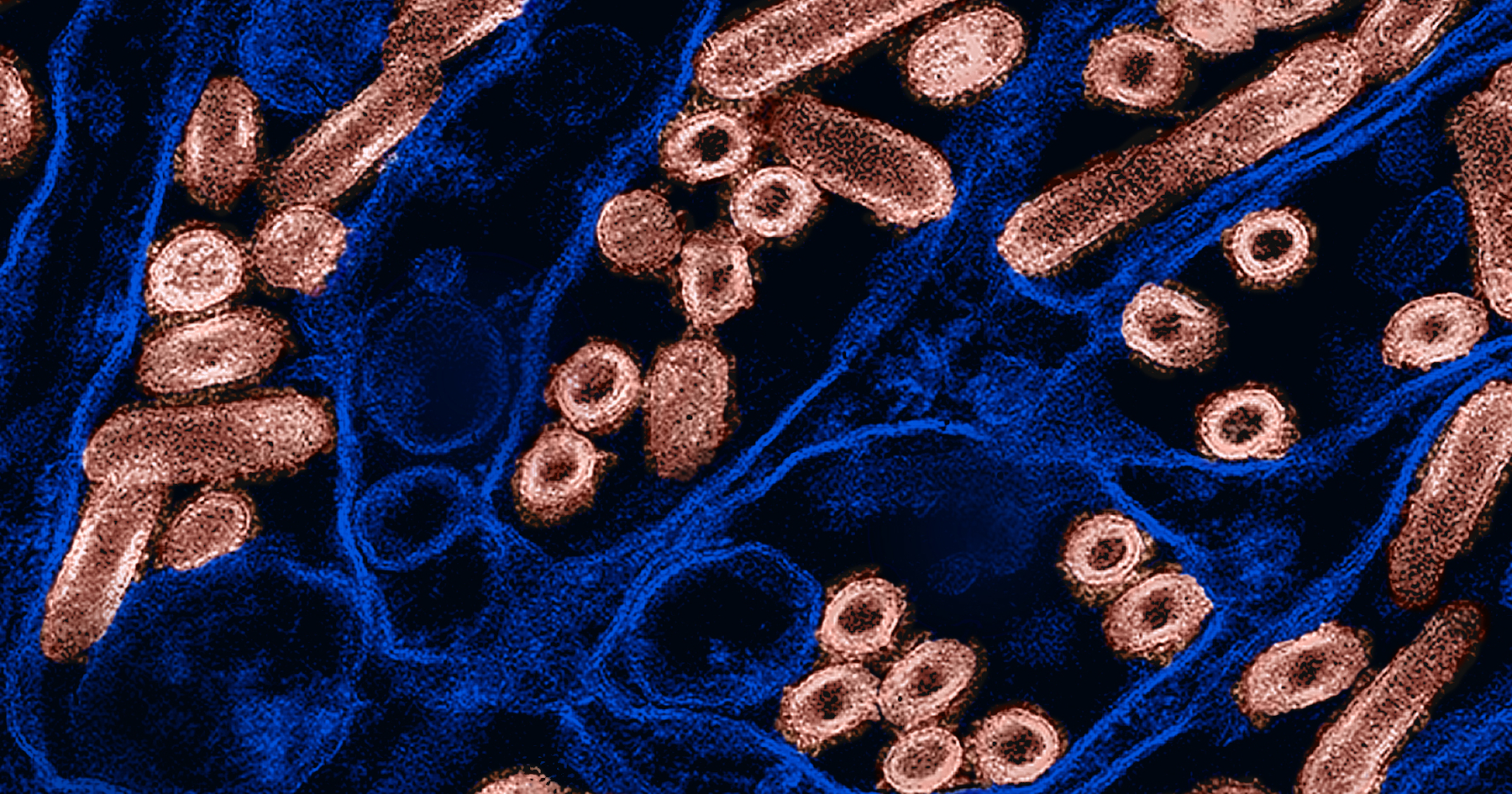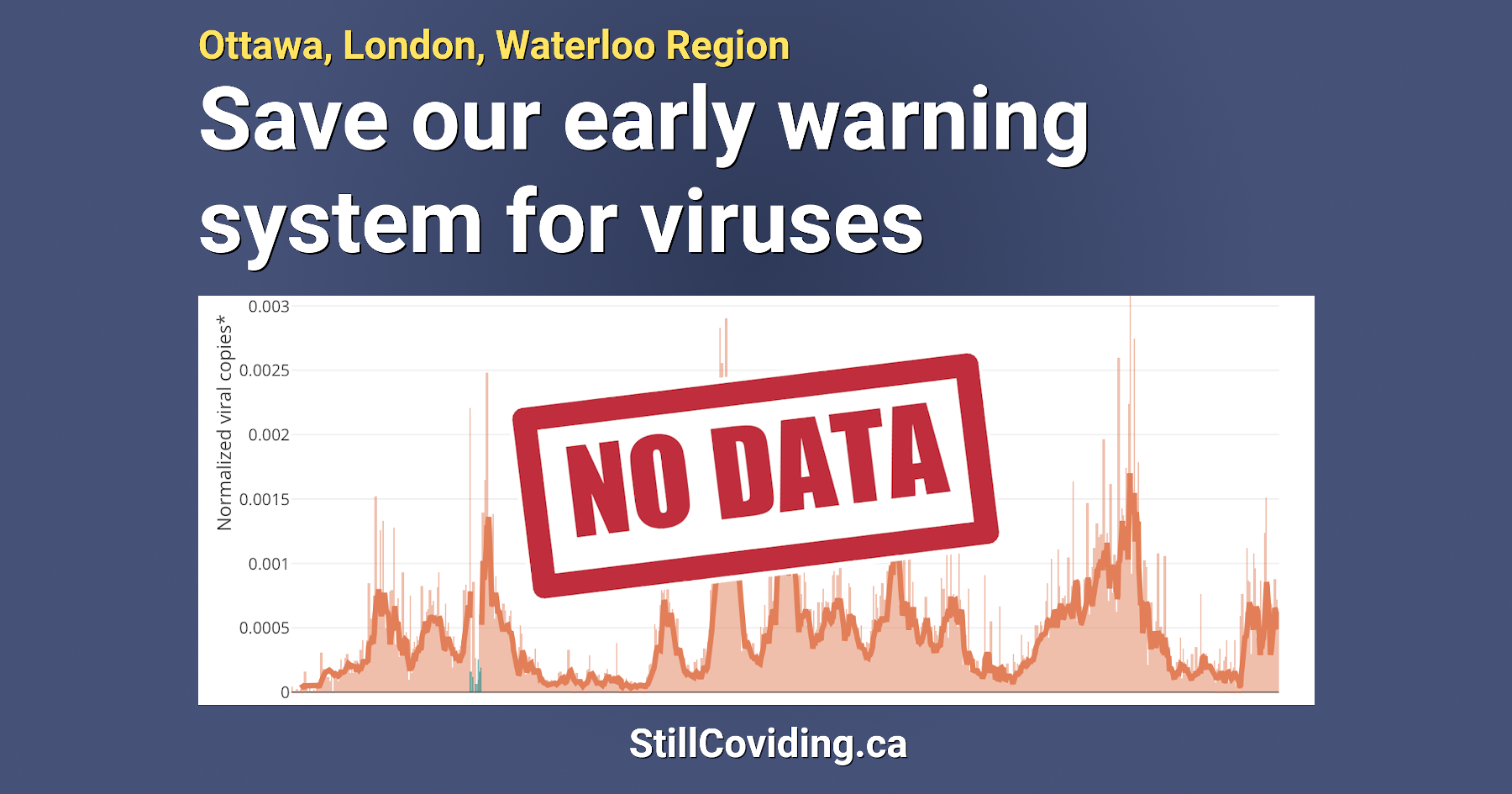The genetic sequence of the H5N1 bird flu virus that infected a teenager in British Columbia shows that the virus had undergone mutational changes that would make it easier for that version of H5N1 to infect people, scientists who have studied the data say.
There’s currently no evidence the teenager, who remains in critical condition in hospital, infected anyone else. If that’s the case, it is likely this mutated version of the virus would die out when the teen’s illness resolves. The source of the teen’s infection has not been determined, so it’s impossible to know for sure if the mutations were in the virus that infected him or her. But scientists think it is more likely that the mutations developed during the course of his or her infection.
Comments closed

